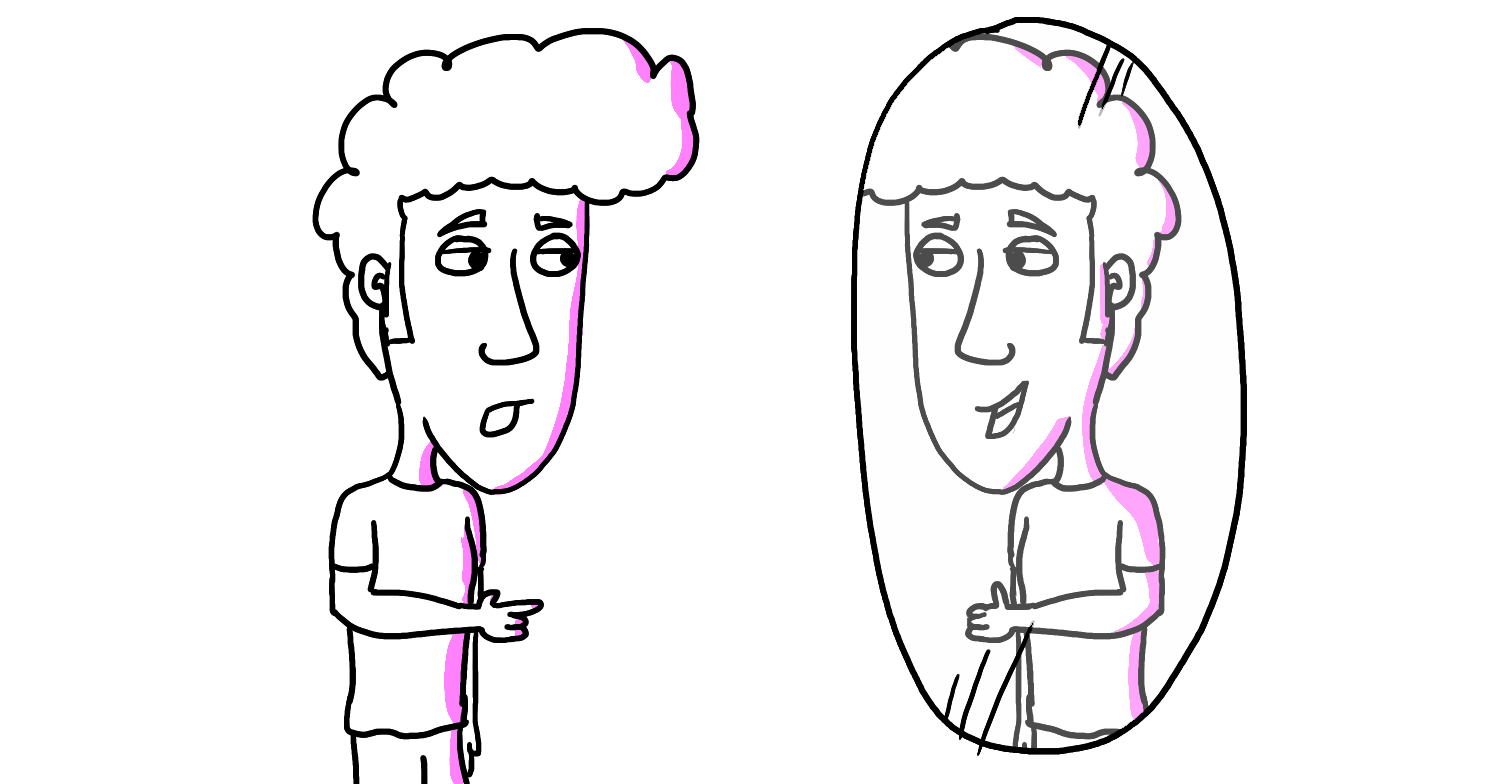Every student faces challenges that feel insurmountable—whether it’s a difficult project, a personal struggle, or a moment of self-doubt. But what if the key to solving these problems wasn’t about looking inward, but outward? What if by asking students to offer advice to ‘someone else,’ we could help them uncover the solutions they were seeking while also building their confidence?
Over the past few weeks I’d explored using interfaces to make student discussion groups, and break the myth of learning styles. This week, I wanted to see if there’s a way to empower students by exploiting one of my favourite behavioural insights. It’s called the “advice-giving effect”, and it makes people feel more motivated when giving advice rather than receiving it.
“To the degree to which you’re lacking confidence, it seems like just being repositioned into the role of a giver versus a receiver can give you everything you need.” — Lauren Eskreis-Winkler, Assistant Professor in Management & Organizations at Northwestern University
These research findings combined with some generative magic tricks inspired a few interface experiments I’m calling the Giving Yourself Advice Machine—or GYAM. Check out the two interfaces in the video below.
In the video, you’ll see two concepts. One is focused on solo reflection while the other has a social component that helps develop social ties in addition to personal confidence.
The first concept demonstrates how a student, after writing about their own struggles with managing time or staying on track, is tasked with replying to a rephrased version of their own input disguised as a request for advice from a peer. The student responds by offering thoughtful guidance to this “classmate” but when she submits her advice, the interface reveals that the advice she just gave was, in fact, directed toward her own original challenge.

Visuals then highlight the specific connections between her advice and her initial concerns, reinforcing the idea that she possesses the wisdom and tools to solve her own problems.
The second concept takes this further by adding a social layer. Students with similar challenges are grouped together—once again, without their knowledge. The system combines their inputs and sends a synthesized message to each student, asking them to offer advice. Once they reply with their advice, the system reveals that their guidance didn’t just help themselves—it also benefited two other classmates facing similar struggles.

A visual map connects each student’s advice to both their own challenge and those of their peers, creating a network of shared insight and support. The students can then reflect on how their contributions help foster personal growth and build a sense of community within the class.
Both concepts demonstrate the power of giving advice to boost confidence and help students see their challenges from a new perspective. It does this while promoting a collaborative learning environment based on science and enhanced by a little slight of hand.
The future of educational tools I want to see is one that’s more self-reflective. EdTech should be about more than just ease of use—it’s about deepening the experience of learning, problem-solving, and self-discovery. This tool leverages the emerging trends in learning science, one more focused on meta-cognition and confidence rather than knowledge and content. Technology, when done well, shouldn’t replace human insight but rather amplify our ability to find answers within.
